Top Moments
1950s
The Golden Age of Medical Innovation
Cleveland Clinic's stature as a medical and research powerhouse continued to grow, notably in the area of heart care. Among these innovations, Donald Effler, MD, and Lawrence Groves, MD, performed the first “stopped heart” operation in 1956 using a heart-lung machine. Developed by Willem Kolff, MD, PhD, this technique made open-heart surgery feasible for more patients. In 1958, F Mason Sones, MD, discovered moving cine-coronary angiography, revealing the natural history of coronary artery disease, which ultimately led to Cleveland Clinic’s pioneering work in coronary artery bypass.
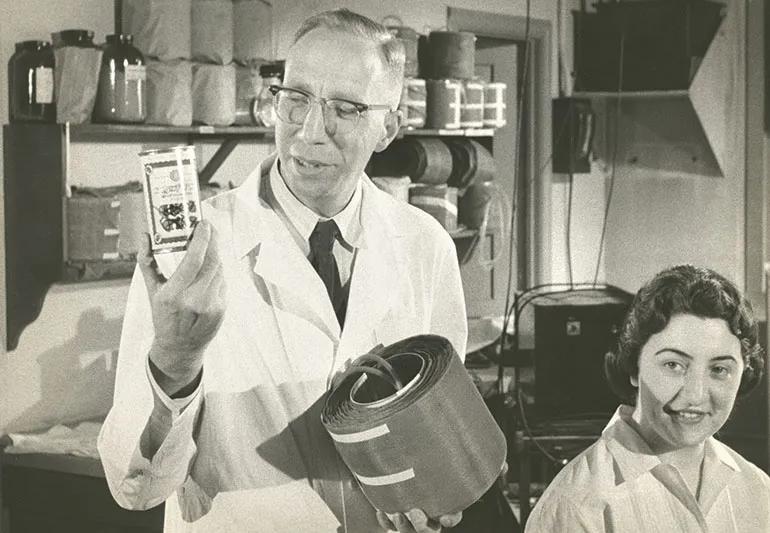
First dialysis program in the US
In 1950, Willem Kolff, MD, PhD, initiates the first dialysis program in the U.S. Dr. Kolff not only invented kidney dialysis, he established the first hospital-based Department of Artificial Organs at Cleveland Clinic and designed a variety of heart assist-devices.
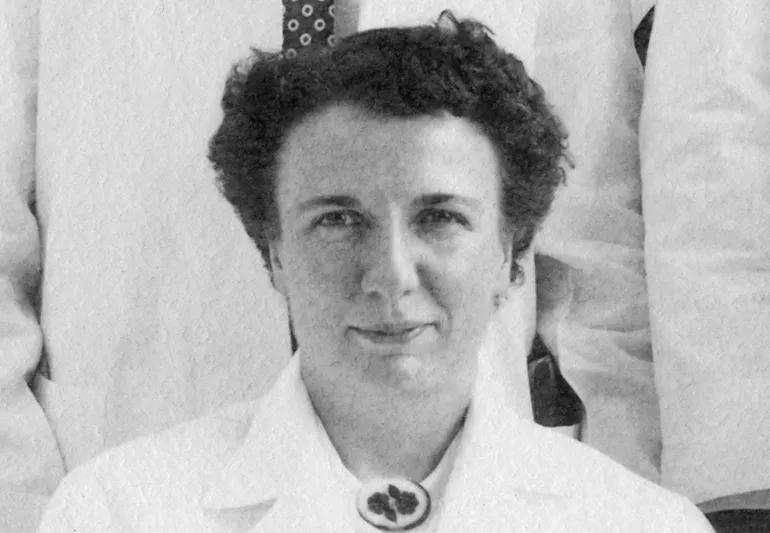
Pediatric service was established in 1951 by Robert D Mercer, MD. In 1952, Dr. Mercer hired Viola Startzman, MD, (pictured here) to help care for pediatric patients.

George Crile Jr., MD, son of a Cleveland Clinic founder, pioneers alternatives to radical mastectomy for treating breast cancer. Dr. Crile published a book entitled, "Cancer and Common Sense," in 1955. Written for the lay public, it endorsed conservative treatment for cancer and deplored what Dr. Crile called "the unnecessarily mutilating results of the surgery being done at [other] cancer centers." Dr. Crile's opinions are largely accepted today, but at the time, they were controversial. Life magazine published a major excerpt from the book, with the cover line "A Surgeon Deplores the Blind Fear of Cancer."

In 1955, the founding of the Cleveland Clinic Board of Governors reaffirms the principle of physician leadership. Cleveland Clinic's first Board of Governors included W. James Gardner, MD, E. Perry McCullagh, MD, Walter J. Zeiter, MD, Irvine H. Page, MD, Fay A. LeFevre, MD (chairman), George Crile, Jr., MD, A. Carlton Ernstene, MD, and William J. Engel, MD. The establishment of this board ended a period during which Cleveland Clinic was challenged to find the best administrative structure after the passing of its founders. The board reaffirmed the principle of physician leadership at Cleveland Clinic and continues to serve it well today.

Cleveland Clinic opened a new surgical pavilion on the second floor of the hospital in 1955. It included 21 operating rooms and one large setup room. In 1955 the Operating Room Department had 47 employees, of whom 36 were registered nurses. More than 10,000 operations were performed that year. At this time, approximately two-thirds of the hospital's patients were surgical.
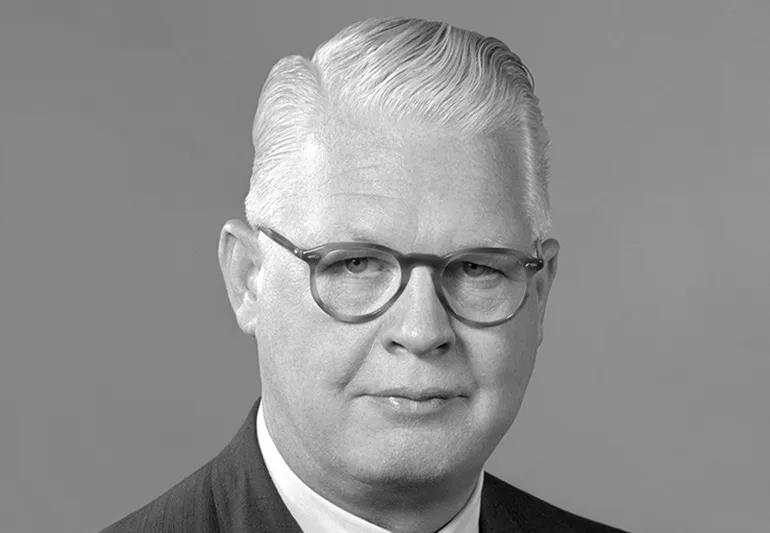
Fay A LeFevre, MD, serves as the first Chair of the Board of Governors from 1955-1968.

In 1956, Donald Effler, MD, and Lawrence Groves, MD, perform a "stopped heart" operation. This was the first clinical use of a drug to stop the heart.
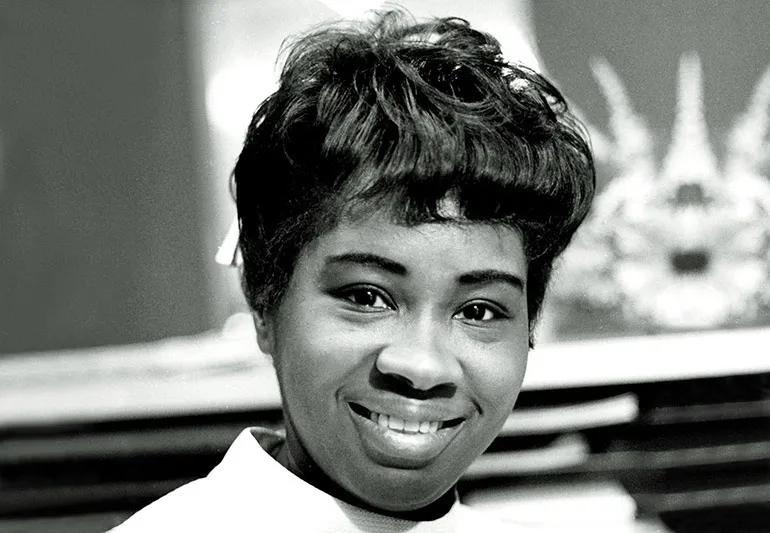
Loretta Prince, RN, begins her nursing career in 1956. She is the longest-standing caregiver to-date.
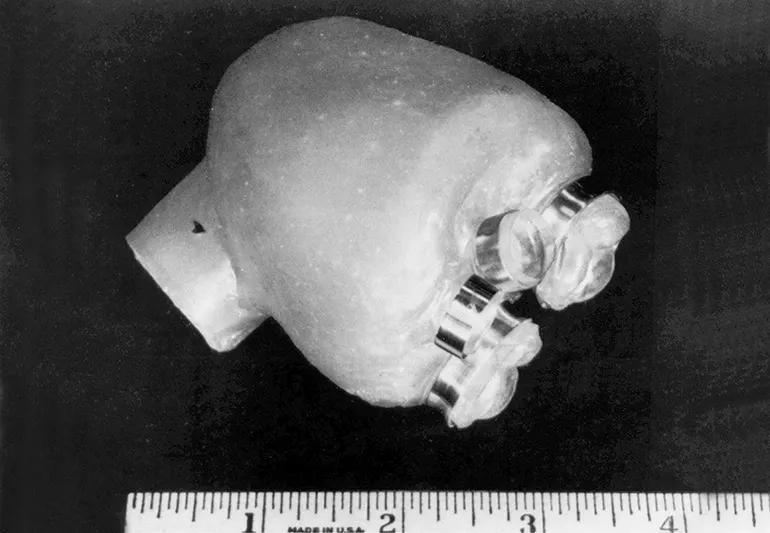
In 1957, Willem Kolff, MD, PhD, and Tetsuzo Akutsu, MD, PhD, conduct the first successful experimentation of an implantation of an artificial heart in a model.

Synthetic angiotensin developed
In 1957, Merlin Bumpus, MD, Irvine Page, MD, and team synthesize angiotensin. The substance duplicates a natural substance implicated in hypertension and has been invaluable in subsequent hypertension research. Dr. Bumpus followed Dr. Page as chair of the Division of Research.

George F Karch succeeds John Sherwin Sr. as President of Cleveland Clinic Foundation in 1957. Mr. Sherwin also serves as Chair of the Board of Trustees from 1956-1961.

Cardiac breakthroughs
F. Mason Sones, MD, discovered moving cine-coronary angiography at Cleveland Clinic in 1958. Dr. Sones was a pediatric cardiologist with an interest in angiography – the real-time X-ray visualization of the blood vessels. At that time, it was believed that the coronary arteries were off-limits to this procedure because the injection of contrast dye into the vessels around the heart would trigger fatal cardiac arrest. When Dr. Sones accidentally injected dye into the patient's artery, he discovered that not only did the patient not die, but that it was now possible to see inside the vessels of the heart as never before. This discovery revealed the natural history of coronary artery disease and ultimately led to Cleveland Clinic's pioneering work in coronary artery bypass and to its rise to national leadership in heart care.

Cleveland Clinic has always encouraged the use of paraprofessionals to maximize efficiency. In 1958 the Cleveland Clinic Hospital Operating Room Department began training practical nurses as surgical technical aides. Graduates of the six-month program were able to fill the scrub nurse role under the supervision of an RN circulating nurse, or even, in some cases, to circulate. Technical aides also cleaned and prepared instruments and equipment in the sterilizing room, and the setup and cleanup of rooms.